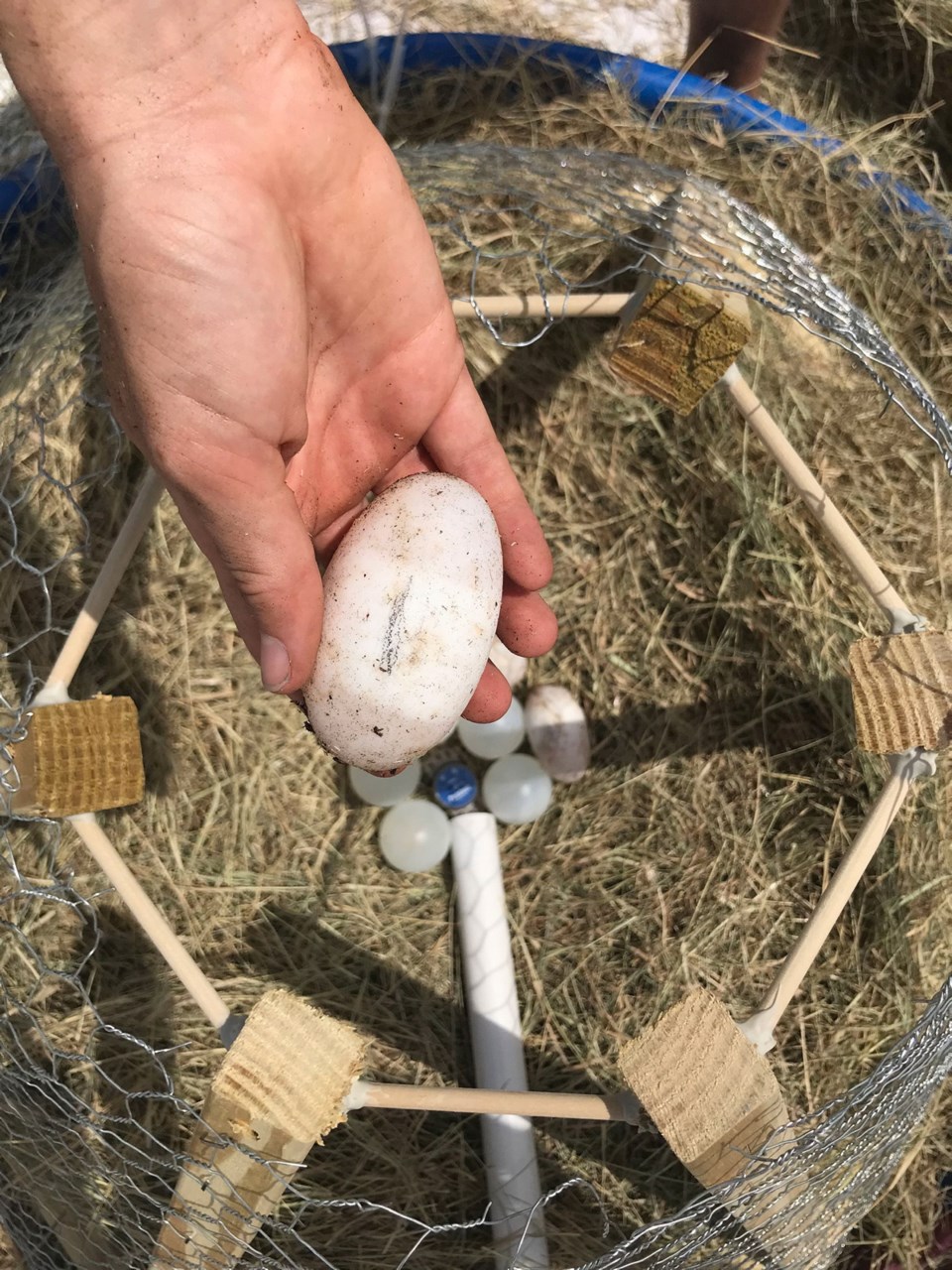MIAMI — Sometime in mid-August, 400 baby alligators will hatch on the roof of a building at the University of North Florida.
Researchers will scoop up the newborns and tally them up: male or female? If professor Adam Rosenblatt’s hypothesis is correct, most of the tiny reptiles wriggling out of their manmade nests will be female, thanks to climate change.
The warming world has already launched a new — and overwhelmingly female — generation of sea turtles. In the Pacific Ocean’s most important sea turtle nesting area, females outnumber males 116 to 1, National Geographic has reported. More and more South Florida sea turtles are born female too, said Florida Atlantic University professor Jeanette Wyneken.
In the past decade, seven of the 10 years Wyneken and her students found every sea turtle nest they sampled in Palm Beach County was totally female.
“Basically what we’re seeing is when the temps would go over 31 Celsius, we would pretty much have 100 per cent female nests,” she said.
That’s because sea turtle sex is determined by the heat of the sand around them. Science has clearly shown that warmer nests mean more female sea turtles, but although alligator eggs also change sex depending on temperature, Rosenblatt said there’s no research on how alligators react to rising temperatures.
“Nobody has really looked at future temperature scenarios and climate change and their effects on crocodilians,” he said.
That’s why he built 20 alligator nests out of chicken wire, dirt and hay, stocked them with $20,000 US worth of Louisiana alligator eggs and covered some of them in vinyl to simulate warmer conditions. The “mini passive greenhouses” will add about three degrees Celsius of heat, which is what scientists expect in North Florida by the end of the century, he said.
Rain also plays a big role in determining temperature for both alligator and sea turtle nests. Rosenblatt is mixing in water as a variable to his research to test how alligator eggs react to extra heat, extra water, both or neither.
Wyneken said her research in the past five or so years has been focused on how rain and storms affect her sea turtle nests.
“What we found in essence was in years where we have more rainfall, with the exception of the very hottest temperatures, we would get more males in those nests,” she said.
Alligator populations already skew female; only about 30 per cent of wild alligators are male. Males mate with multiple females in a season, so a little bit more female alligators likely won’t hurt the population too much.
“The concern is if that goes too far in one direction,” he said. It’s unclear exactly what the long-term effects of a primarily female alligator population would be, but he said it could spell trouble for the population.
But Rosenblatt cautions that just because alligator and sea turtle eggs both determine sex by temperature, it doesn’t mean he’ll see the same results that sea turtle scientists do.
“I don’t know, honestly, if sea turtles and crocodilians operate the same way,” he said. “We don’t exactly understand the mechanism for how the temperature-different sex determination happens.”
Higher temperatures do cause baby alligators to hatch faster, he said, and it makes adults grow slower. That’s why scientists consider the Everglades a “marginal habitat” for alligators, Rosenblatt said.
There could be a future where the warming climate pushes the U.S.’s alligator population north to cooler climates, such as Virginia’s.
“You might see the population decline and start to disappear from the Everglades,” he said.



